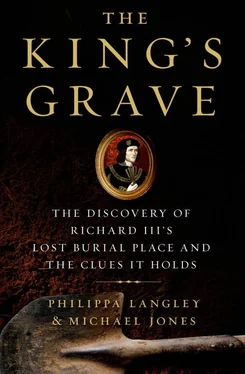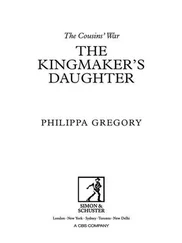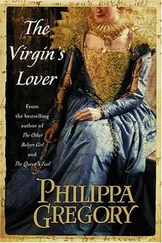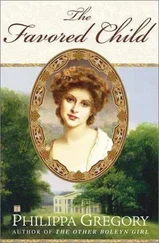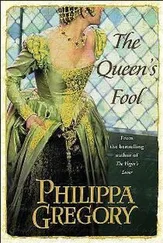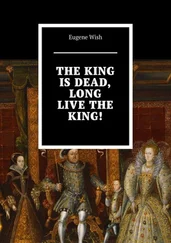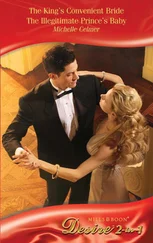• to attempt to bring to life the real man behind the myth.
I wanted my project to be a unique attempt to get to the truth. Furthermore, the search for an anointed King of England was incredibly sensitive, in Richard’s case particularly so. After the Battle of Bosworth, his naked body had been slung over a horse, taken into Leicester, and placed on public display. In the retelling of his story, I did not want Richard III subjected to public humiliation again.
The project would also honour Richard with a tomb, and the Reburial Document included the first sketches of the design. Two ceremonies were proposed: a solemn Vespers for the Dead at the reinterment, followed by a later Service of Celebration.
All this was jumping the gun. We still didn’t know the precise site of the Greyfriars Church, but there was one key fact in our favour. Research had yielded only seven other potential named burials inside the church, of which only one, Sir William Moton of Peckleton, could be said with any certainty to have been buried there. It seems the vow of poverty taken by the Greyfriars (followers of St Francis of Assisi) and a treasonous rebellion by some of the order in 1402 against Henry IV might have kept the burials inside the church to a minimum, and so reduced the likely number of graves.
I had obtained the TV rights to John Ashdown-Hill’s book, The Last Days of Richard III, which provided the research behind the project, to protect it from acquisitive producers. Now I put in a confidential call to Dr Phil Stone, chairman of the Richard III Society, who offered whatever help the society could provide. Over the coming months he would become my mentor and guide, his quiet determination adding a backbone of steel to the project’s endeavours. Dr Stone suggested that he take me to the office of the society’s patron, since he thought that Richard, Duke of Gloucester might be interested in a search to find the grave of his medieval namesake. At the meeting, it was confirmed that I would be the nominated point of contact for the duke for the project and keep his office informed of any developments.
The Reburial Document was given to the MoJ, Leicester City Council and Leicester Cathedral, who were all satisfied that the precautions set out in the document would protect Richard’s honour and dignity. At the MoJ, we discussed the Anne Mowbray case and how an exhumation would ensure that all decency be afforded King Richard upon discovery of his remains. The concerns of relatives (as with those of any other remains having known living relatives) would be taken into account in the drafting of the Exhumation Licence. However, the MoJ warned that it could not act in this by itself, and the protections and protocols I required for the remains should be inserted into my agreements with the local authorities.
In Leicester it had been agreed that the Looking for Richard project would receive LCC’s support and backing through the office of its CEO, and the council would work directly with me as the originator/client. However, due to the recession, it would not be able to provide any direct funding, but would act as the project’s main facilitator. This would allow me access to the council’s experts, including their museum services who would advise on all aspects of the dig, with particular reference to the care of ancient artefacts, and the highways department who would reinstate the car parks, and also offer introductions to local businesses and funding bodies. LCC also confirmed that it would give me permission to dig in its car park on the understanding that, if found, King Richard III would be reburied in the nearest consecrated ground, Leicester Cathedral.
To have any hope of getting the project under way, I now needed funding, and a recognized archaeological team willing to do the dig, as well as the costing. Finding the right team would be crucial. The UK archaeological teams I had contacted had been sceptical about the search, and didn’t know the terrain. However, LCC had recommended a local archaeologist with whom it had worked: talented and sensitive, Richard Buckley, co-director of ULAS, might be just what the project needed, and his colleague, Harriet Jacklyn, was an equally experienced osteologist. I recognized the ULAS name immediately as the team that had undertaken the Grey Friars Street dig but hadn’t responded to Ashdown-Hill’s previous proposal to search for Richard III’s grave. They were a leading archaeological unit with a considerable reputation and wouldn’t want to be seen setting off on any wild-goose chase so it would be a difficult sell. In January 2011 I telephoned Richard Buckley, who was intrigued by the project, but not convinced. He knew where the sizeable Greyfriars precinct was and the potential the car parks offered, but said he would have to do further research and only if this came up with anything would he be interested in taking matters further. I duly sent him the pitch and Reburial Document. In March 2011 I met Sarah Levitt, Head of Arts and Museum Services and lead on the project for LCC. She understood the sensitivities surrounding the search for the remains of a named individual and would be happy to include protections within our agreement. An agreement, however, was a long way off. Once we had archaeologists on board (she also recommended Buckley) she would help with introductions to local funding bodies.
At an on-site meeting at the Social Services car park I spent time with Councillor Michael Johnson whose enthusiasm for the project had opened the door to LCC. Walking with me towards the northern end of the car park, he asked where I believed the church might be. As I told him about the GPR survey I planned to commission to attempt to reveal its walls beneath the tarmac, we walked on to the same spot where I had my intuitive feeling, and I experienced the same powerful reaction once again.
Much rested on my next meeting, at ULAS, where Richard Buckley had agreed to meet me. If I could get him on board, the project would have a chance of securing the local funding it desperately needed. Buckley quickly put me at my ease; he had done his research and wanted to show me something. In one of their finds rooms, on a wooden table stretching almost the full length of the room, was a series of maps. Buckley started at one end with a map from 1741 by Thomas Roberts, and pointed to the ‘Gray Fryers’ area marked on it: it looked like an orchard, and was situated directly opposite St Martin’s Church (Leicester Cathedral), right where the car parks are now.
On the south side of the ‘Gray Fryers’ was the outline of a building that Buckley said looked like a gatehouse, and could be a marker for the remnants of Herrick’s mansion house. As I looked, I could see a formal garden to the north with four pathways leading to a central area. I couldn’t believe my eyes. Could this central area be where Herrick’s stone pillar had stood? I put forward my theory. My reasoning was simple enough: if you have the grave of a king in your garden and erect a ‘handsome stone pillar’ to mark it, wouldn’t you lay out your paths to lead towards it? It seemed logical to me. However, Buckley was focused on working through the ages, showing me on each map how the land use had changed over time. After the Dissolution, the ‘Gray Fryers’ land was gardens, but was finally covered with tarmac to become car parks in the 1930s–40s. It was archaeologically virgin ground, only built on at its outer edges and never investigated.
The three car parks of the Greyfriars area of Leicester where the Ground Penetrating Radar Survey was undertaken on 28 August 2011. The survey was commissioned by Philippa Langley and funded by the Richard III Society, founding members of the Looking for Richard project, members of the Scottish Branch and private investors.
But it was clear Buckley wasn’t convinced. ‘Archaeology is not about going in search of a famous person, it’s not what we do,’ he said. For one thing, there was the story of Richard’s bones being thrown into the River Soar. As I explained that this had been refuted by John Ashdown-Hill’s researches, I knew I was losing him: the River Soar tale was just too powerful. What about the Greyfriars Church, might that be of interest? I brought out my copy of the medieval map showing the Greyfriars Church opposite what was now the cathedral, and told him why I thought this would be at the northern end of the Social Services car park.
Читать дальше
